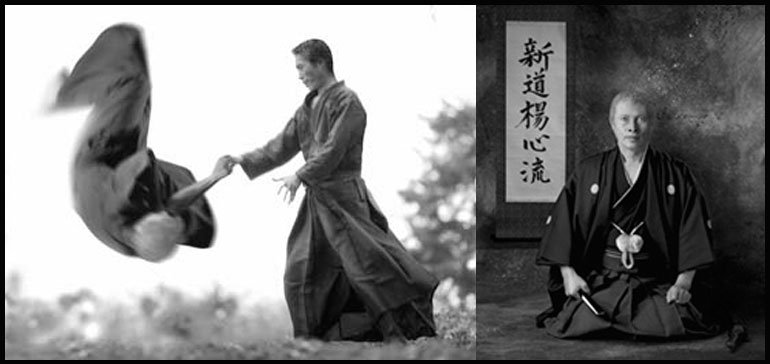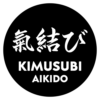isshinryuronin
Senior Master
"Kata" is automatically associated with karate, especially in the West, but it's more than that. It's a Japanese term for structure, shape/form or guideline/template as best as I can understand it not being Japanese. It one of those Oriental concepts difficult to define in English. Anyway, it's in these terms I'll discuss it and its relationship to karate.
There is kata in Nature: Principles/"rules" of physics and biology that define their structure and allow their various processes to function. There is kata in society, social norms that help define the culture and promote harmony. Yet, there are many personalities. It is a behavioral template to work within. But within this structure, these guidelines, there are almost boundless possibilities. I think all this was the concept behind karate kata as well.
I don't know who associated this word with the sequenced movements of karate or when this happened. Since kata is a Japanese word, it was probably not used during karate's development in Okinawa in the 19th or at the turn of the 20th century. But was the concept used, perhaps with a different name, or no name at all? The old Okinawans were not big on terminology (It wasn't needed as knowledge was passed on by direct physical teaching). This is one reason there is so little written info on early karate.
We know little of how the old masters viewed kata, of how "katafied" (structured) the routines were and exactly how they were intended to be used as a way to practice the art. Certainly, they became more "katafied" (I like this term!) as karate moved into Japan, a very structured society that puts its mark on everything in the interest of harmony and organization. But even so, karate kata, structured as it is, is not meant to be set in stone. Just like the kata of insects imposes 6 limbs, 4 wings (even flies have a pair of "knobs" replacing the second pair of wings), 3 body parts, etc., there are said to be over 5,000,000 different species.
So, if the concept of kata is taken as described, yes, it is structured and to be done in a certain way, but it's just a template to ensure proper elements and principles are retained and still allows a lot of variations and personalities.
There is kata in Nature: Principles/"rules" of physics and biology that define their structure and allow their various processes to function. There is kata in society, social norms that help define the culture and promote harmony. Yet, there are many personalities. It is a behavioral template to work within. But within this structure, these guidelines, there are almost boundless possibilities. I think all this was the concept behind karate kata as well.
I don't know who associated this word with the sequenced movements of karate or when this happened. Since kata is a Japanese word, it was probably not used during karate's development in Okinawa in the 19th or at the turn of the 20th century. But was the concept used, perhaps with a different name, or no name at all? The old Okinawans were not big on terminology (It wasn't needed as knowledge was passed on by direct physical teaching). This is one reason there is so little written info on early karate.
We know little of how the old masters viewed kata, of how "katafied" (structured) the routines were and exactly how they were intended to be used as a way to practice the art. Certainly, they became more "katafied" (I like this term!) as karate moved into Japan, a very structured society that puts its mark on everything in the interest of harmony and organization. But even so, karate kata, structured as it is, is not meant to be set in stone. Just like the kata of insects imposes 6 limbs, 4 wings (even flies have a pair of "knobs" replacing the second pair of wings), 3 body parts, etc., there are said to be over 5,000,000 different species.
So, if the concept of kata is taken as described, yes, it is structured and to be done in a certain way, but it's just a template to ensure proper elements and principles are retained and still allows a lot of variations and personalities.


